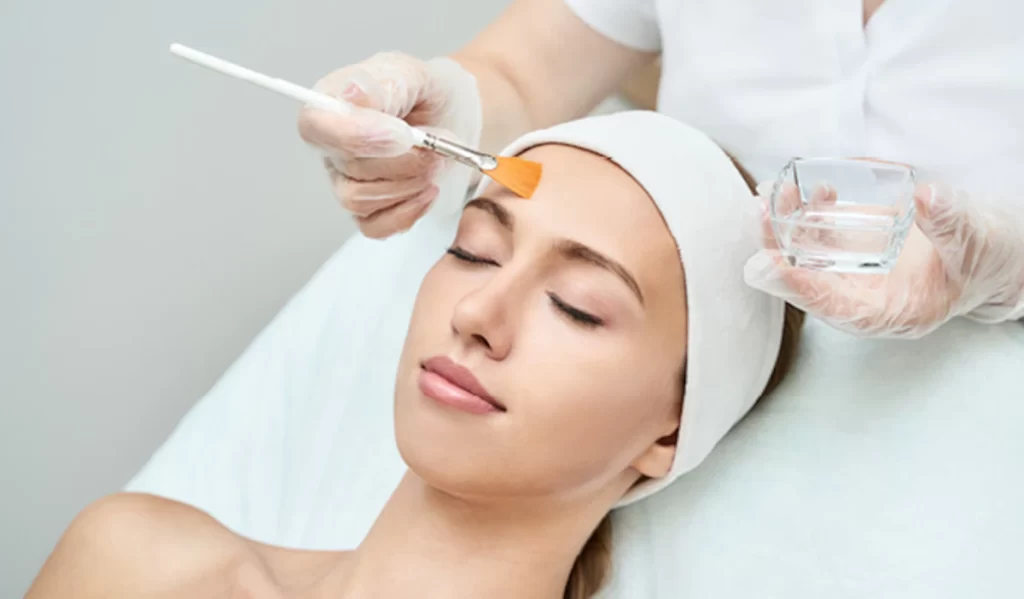
Chemical Peels
Chemical Peels are cosmetic procedures using a chemical solution to rejuvenate the skin, thereby improving and smoothing the texture and clarity of the skin. There are several types of chemical peels ranging in strength from mildly superficial to deeply resurfacing; alpha hydroxy acid peels (AHA), beta hydroxy acid peels (BHA), Jessners’s peels, retinoic acid peels, trichloroacetic acid peels (TCA), and phenol peels.
The type, strength and acidic PH content will determine whether the chemical peel can safely be performed by a licensed aesthetician (superficial peels) or under the direction of an authorizing physician (deeper peels). Certain chemical peels may only be administered by a licensed physician.
Types of Chemical Peels
Alpha Hydroxy Acids (AHAs) are usually derived from citric (citrus fruits), glycolic (sugar cane), lactic (fermented milk), malic (apples) and tartaric (grapes). Generally, glycolic and lactic acid are the two most commonly applied. AHAs are the mildest of all chemical peels. They are primarily beneficial for the treatment of very fine lines, dry and dehydrated skin, mild skin and pigment irregularities and acne.
Lactic acid is very hydrating and brightening to the skin. It has a very large molecular structure and thus it tends to be less irritating. Glycolic acid, on the other hand, has the smallest molecular structure, penetrating quickly and deeper – thus being more irritating. It tends to feel “spicy” on the skin during the professional treatment. It is a commonly used, multi-functional acid varying in strengths, usually between 15, 20, 30, 50 and 70%, which provides many skin benefits.
Trichloroacetic Acid Peels (TCA) are perhaps the most frequently used acid for a medium depth peel. It is available in a range of strengths and combinations. Many times it is used at lower percentages in conjunction with other acids such as salicylic acid. When used as a stand alone agent with percentages above 20%, it is routinely administered only by a physician. TCA peels are a great choice for advanced pigment irregularities, sun damage, deeper wrinkles and acne scars. Depending on the strength and percentage used, TCA can be classified as a medium-deep chemical peel.
TCA & Phenol peels, also known as carbolic acid, are the strongest chemical peel solutions and result in a deep skin peel. The concentration and combination of phenol used – possibly in conjunction with other solutions, such as resorcinol and salicylic acid – will determine the frequency between treatments. Phenol peels are very powerful and can provide dramatic facial rejuvenation with long lasting results. In some cases, they may only be administered once in a lifetime. They are generally administered by a physician.
HOW IS CHEMICAL PEELING DONE
How many sessions are needed ?
What are the indications ?
Why You Should Consider Having a Chemical Peel Done

Transfrom Your
Skin Today
Book appointment
Thank you for considering Nepal Skin & Aesthetic Centre for your skin care needs.
We look forward to serving you and helping you look and feel your best.




